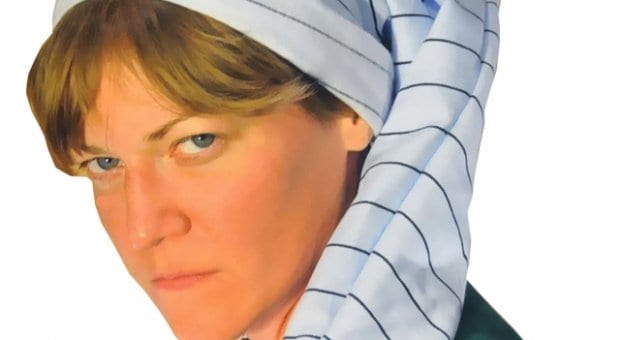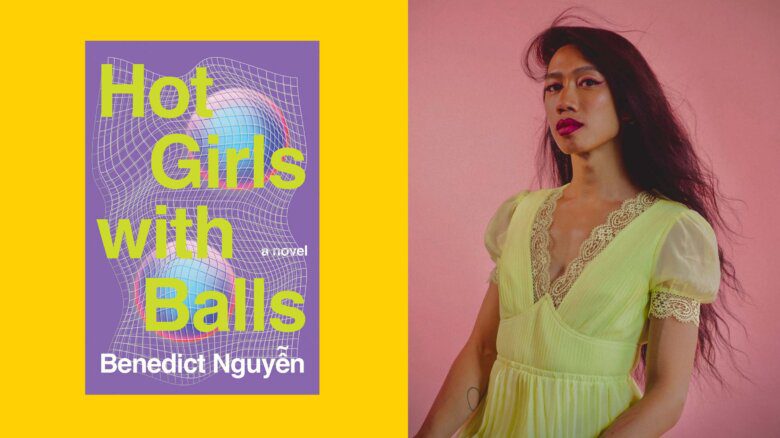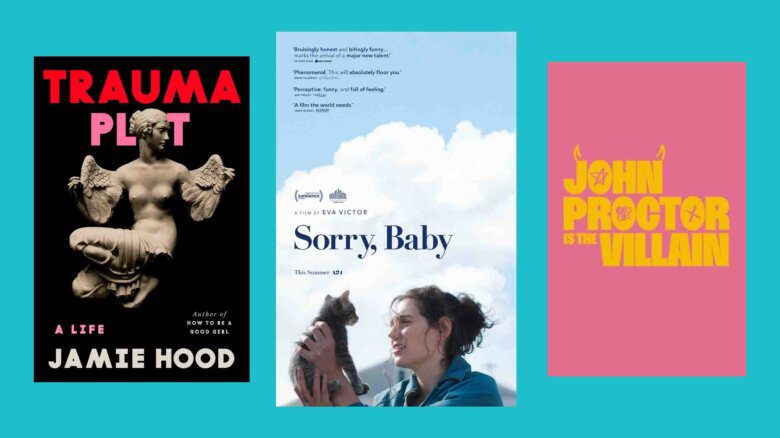Inside a backyard garage in the middle of East Van, seven cast members of the Leaping Thespians theatre group flow through downward dogs, forward bends and lunges, their breathing full and audible. The walls and ceilings are painted black, and clear plastic bins filled with props and costumes are piled in the corner.
It’s an unusual place to practise yoga, and perhaps an even stranger ritual to kick off a play rehearsal, but the movements are apt, given that the troupe’s latest show centres on the inner workings of a fictional yoga-wear company.
A Christmas Carol in Gay Apparel, the group’s fifth original comedy, follows closeted lesbian Eleanor S Crooge as she attempts to run her yoga clothing empire while confronting the Ghosts of Lesbians Past, Present and Future, who urge her to stop denying her true nature.
One of the play’s central themes is the struggle to come out. “That might seem like an old issue,” says Karen White, the play’s director, “but there are still people coming out today, and it’s not necessarily easy, because it’s so much about how you feel about it inside.”
Leigh Burrows, who co-wrote the piece and plays its main character, says she hopes the show encourages theatregoers — whether they’re gay or straight — to embrace their identities.
“It’s all about living an authentic life,” she says. “A lot of people get caught up with putting on acts or hiding who they truly are, and that’s a huge issue when it comes to coming out. But it’s not just a gay issue — a lot of people are role-playing and being inauthentic with their own hearts.”
The development of the play was a collaborative effort that involved all the group’s actors, allowing each member to become fully engaged in the creative process. It also meant the show came together quickly — in less than four months, as opposed to the typical eight- to 12-month process required for an idea to progress from concept to stage.
“That’s really been a stimulating thing for us, and it’s been very exciting and empowering for the actors,” White says. “There’s a kind of unconditional acceptance in the group. When we’re working together, it’s very positive, supportive and really encouraging. The more minds that you can get having ideas and being creative together, the more opportunities for wild and crazy stuff.”
Underneath the play’s quirky humour and cheery musical numbers is an undertone of unnerving darkness. Featured alongside Eleanor S Crooge’s crippling self-doubts and fears is the character of Tina Timmons, a bullied teenaged lesbian whose present-day experiences mirror Crooge’s tormented past.
“People become miserable for a reason, so you’re going to have to see it,” Burrows points out. “You can’t really do justice to the story without going to those dark places. You can’t see the full transformation until you see where [Crooge] has to go and where she’s coming from.”

 Why you can trust Xtra
Why you can trust Xtra


